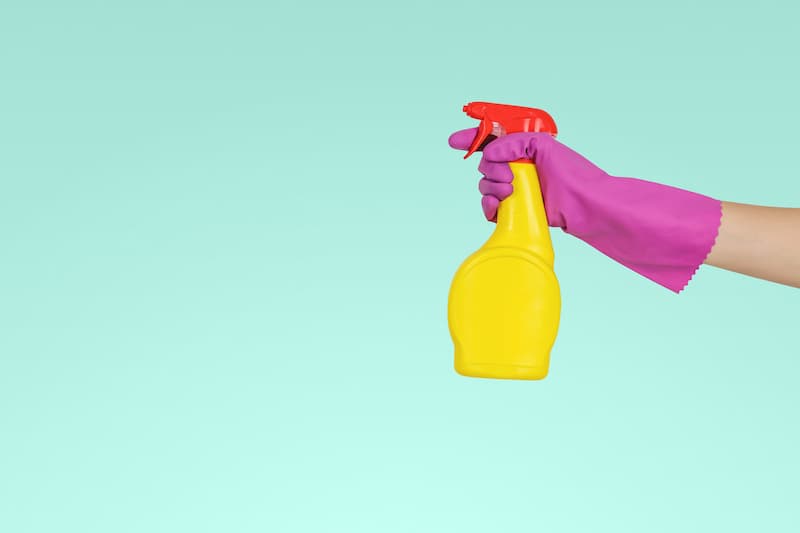Are Marie Kondo’s Rules of Tidying Applicable to Content Migration?
by Sjoerd Alkema, on Jan 14, 2020 11:59:39 AM
Maybe you have spent the holidays binge watching Marie Kondo’s show on Netflix. At least my wife did ;) I hate to admit that the show was actually quite inspiring. And somehow it made me think the ‘KonMari’ way of tidying could be used in our client’s content migration projects.

For those who don’t know, Marie Kondo is Japanese cleaning guru that wrote best-selling books on decluttering and tiding a household. Her six rules for tidying up are:
- Commit yourself to tidying up
- Imagine your ideal lifestyle
- Finish discarding first
- Tidy by category, not by location
- Follow the right order
- Find joy
In this blog, I’m trying to find out if her basic rules can be used in our client’s projects. We always advise our clients to clean up their content first before starting a migration project. This avoids the ‘garbage out – garbage in’ principle where invaluable content from the source system is migrated to the new target system. Now, let’s look at the ‘KonMari’ method and see if the rules are applicable on content migrations:
Commit yourself to tidying up
This might be an easy rule. Most organizations have a deadline for their migration project because they eventually need to decommission their old content management system and they don’t want to renew the service contract of the old supplier. Most customers have difficulty overseeing the project. We help them divide the actual migration in little pieces. Together with our customer, we create migration plan so that they can commit to the deadline and free up time from their staff.
Imagine your ideal “lifestyle”
Well of course we can’t talk about a lifestyle with regards to migrations. It rather concerns business processes. But imagining how you want your organization to use your new content management system is indeed a good idea.
Finish discarding first
As mentioned before, prior to a migration it’s best to delete documents and data without any value. Think about duplicate documents, documents that haven’t been touched for several years and can probably archived or deleted, or private photos that employees stored on your file share and forgotten to delete. Xillio always analyses the source content and gives insight in the quality and quantity of the data. So yes, this rules definitely accounts for our migration projects.
Tidy by category, not by location
Tidy by category is indeed a good option. Looking at all images or videos that are stored on the source system could identify large videos that take up a lot of storage space. Contrary to Marie Kondo’s rule, a content migration per location, let’s say departments, can prevent problems. We are in favor of handling migrations by department, business unit, academy or other similar organizational units as organization component differ enormously when it comes to content.
Follow the right order
At Xillio we always use the same approach for migrations and this approach has proven to be successful. In short, this approach consists of these steps: analysis, selection, mapping, transformation, load and reporting (throughout the whole process). Based on our experience, we can say we know we follow the right order.
Find joy
How do you get your employees to like a content migration? Well, they definitely won’t like it if they have to do this manually! Because of our tooling, Xillio’s approach is almost completely automated. So, if you need to find joy, hire Xillio J!




%20(300%20x%2060%20px)%20(3).png?width=635&height=127&name=ISO%20email%20signature%20(390%20x%2060%20px)%20(300%20x%2060%20px)%20(3).png)